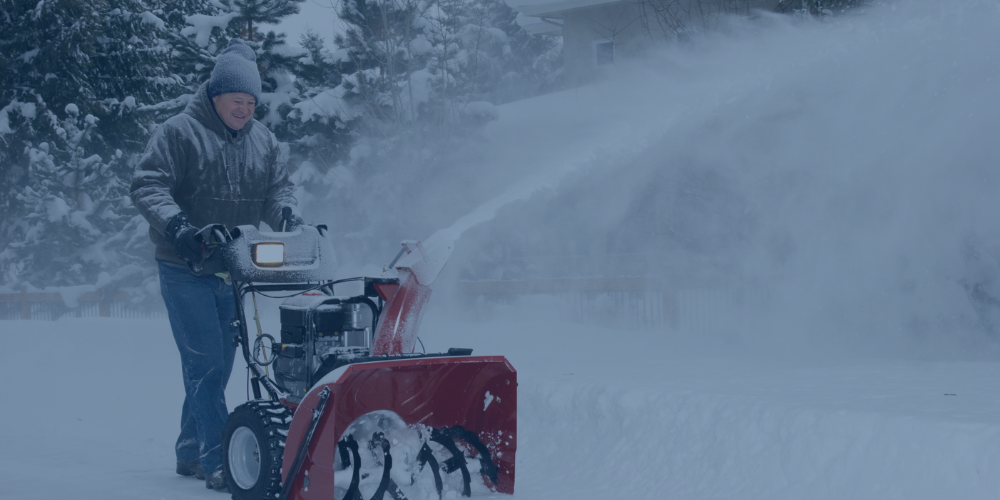Spring is a month away but winter weather has a tendency to extend its welcome or for some parts of the country, show up fashionably late. The ISRI Safety Team has compiled some of the best tips so that you and your team stay safe while working in winter weather conditions.
According to the CDC, approximately 1 million Americans are injured annually as a result of falling on ice and snow. About 17,000 of these falls are fatal. If you find yourself walking on ice, remember to walk like a penguin to help you from slipping:
- Keep your knees relaxed.
- Keep your toes pointed out.
- Take short steps.
- Walk slowly and deliberately.
- Keep your hands free (not in pockets.)

Working in a cold environment puts you at risk of cold stress. This can manifest itself as musculoskeletal injuries (muscle/tendon stiffness or strain, aches, pains, soreness) or more severely as frostbite or hypothermia.
Frostbite is the freezing of the skin and the underlying tissue. A victim is often unaware of frostbite because the frozen tissue is numb. Signs and symptoms to look out for:
- Redness or pain in any skin area may be the first sign of frostbite.
- Other signs include:
- A white or grayish-yellow skin area.
- Skin that feels unusually firm or waxy.
- Numbness.
Hypothermia is a significant and potentially dangerous drop in body temperature. Hypothermia often occurs at very cold temperatures but can occur at cool temperatures (above 40° F), if a person is wet (from rain, sweat or cold water) and becomes chilled. Signs and symptoms to look out for:
Adults
- Shivering, exhaustion, confusion, fumbling hands, memory loss, slurred speech, drowsiness.
Infants
- Bright red, cold skin
- Very low energy
To help prevent cold stress (frostbite, hypothermia and musculoskeletal injuries), make sure to keep the following high-risk areas covered and dry: ears, nose, cheeks, chin, fingers, toes. The best way to achieve this is to wear:
- A hat or knit mask.
- A scarf or neck gaiter.
- Several layers of loose-fitting clothing.
- Mittens or gloves.
- Wind and water-resistant outer layer.
- Water-resistant boots along with wool or synthetic socks.
The final tip involves an often-overlooked occurrence during the winter: dehydration. In cold weather it is easy to ignore or not feel the effects of dehydration as colder, drier air evaporates sweat more quickly and affects the body’s ability to detect thirst. People also tend to urinate more as the cold moves bodily fluids from your arms and legs to your core. To minimize the chance of becoming dehydrated, try to drink four to six ounces of fluid every 20 minutes, especially if you are involved in physically intensive work.










